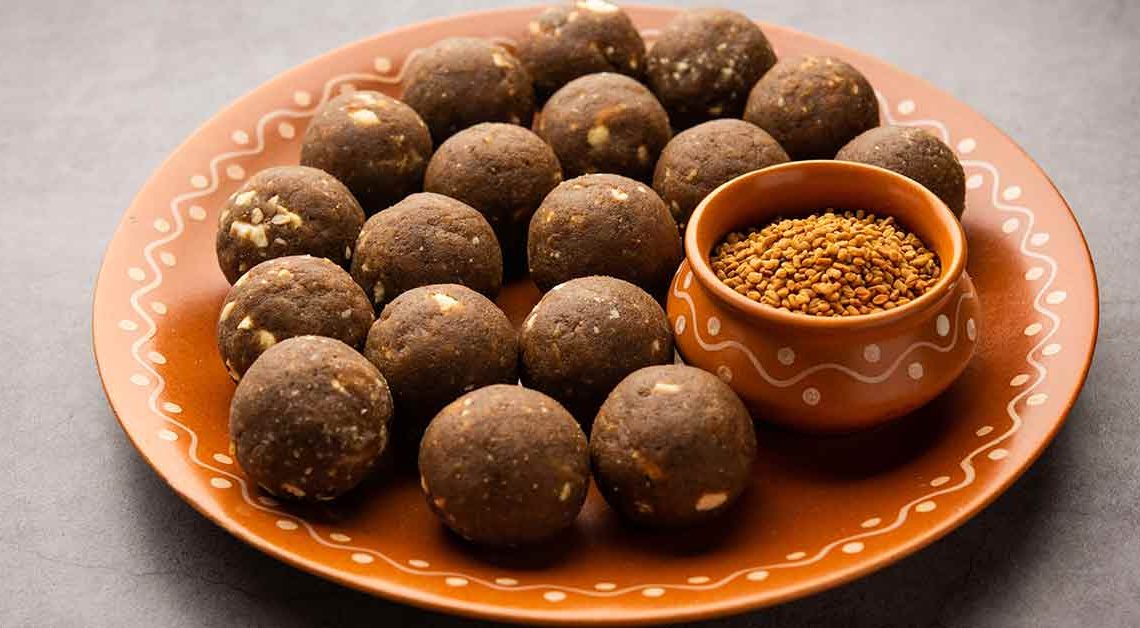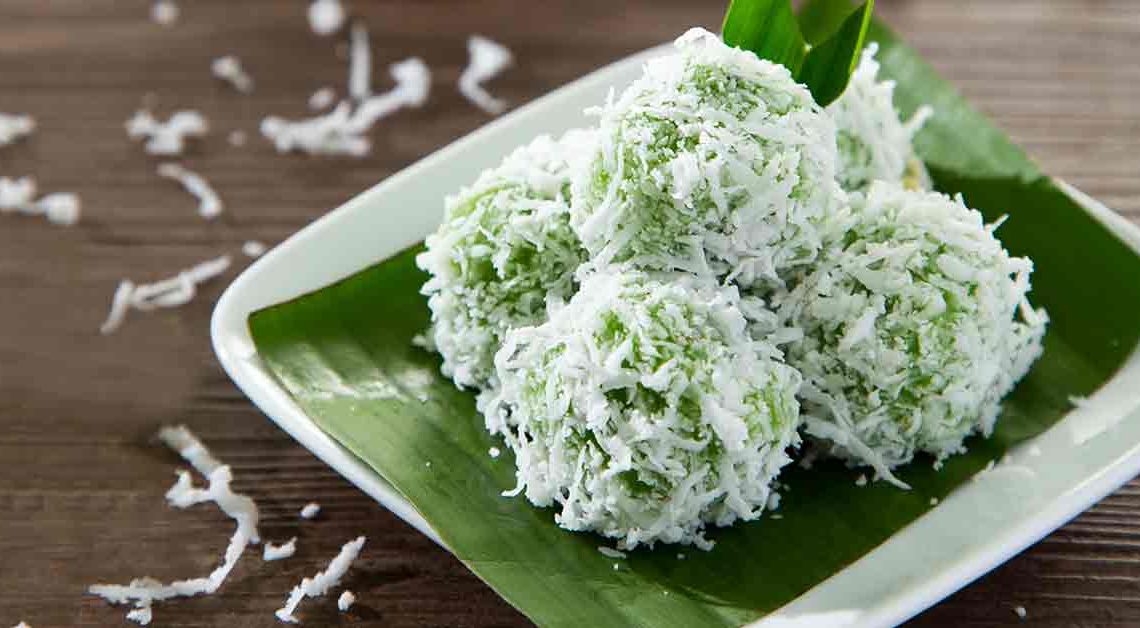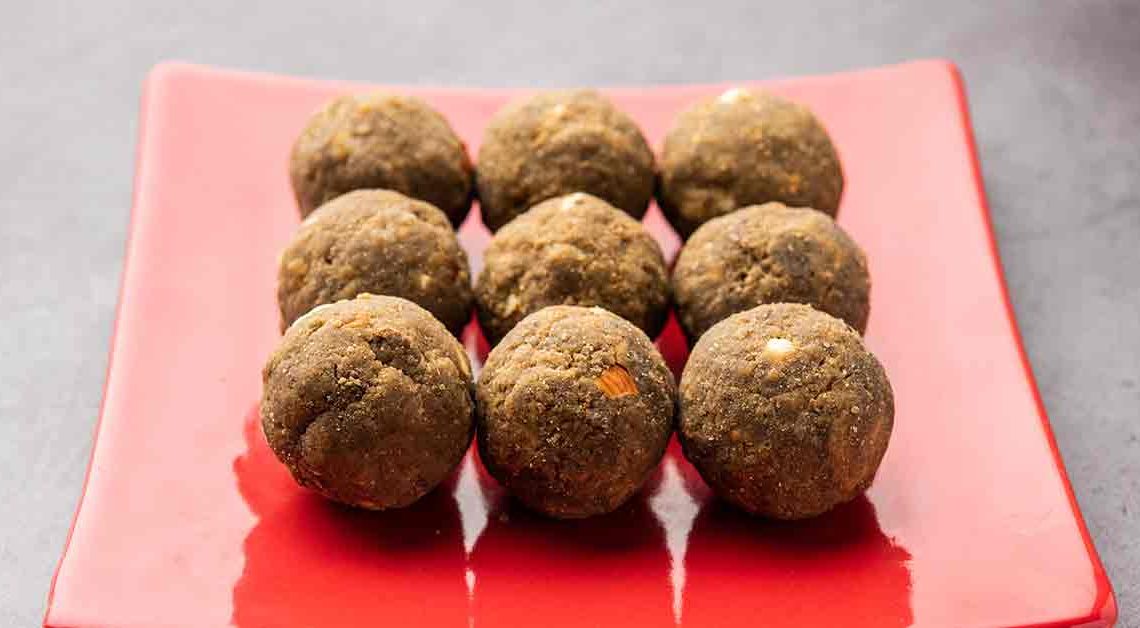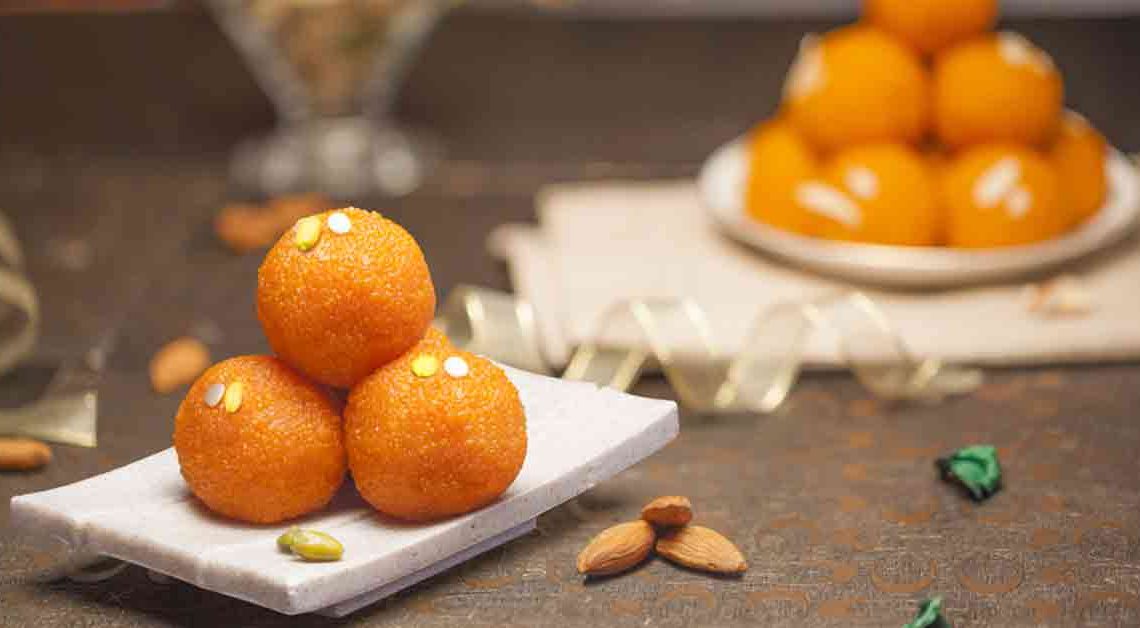A Sweet Twist on Health: Methi Ke Ladoo

Are you ready to embark on a culinary journey that fuses health with indulgence? Welcome to Mithainama! , where we’re about to unlock the delightful world of Methi Ke Ladoo – an extraordinary treat that’s not only sweet but also incredibly good for you!
Methi, or fenugreek, has been hailed as a superfood for ages, known for its numerous health benefits. But what if we told you that this humble ingredient can also satisfy your sweet cravings? Yes, you read that right! This delectable sweet is the perfect fusion of nutrition and flavor, a delightful little sphere of goodness.
Our blog is your gateway to the secrets of crafting these delicious and nutritious Methi Ke Ladoo from scratch. We’ll delve into the history of this unique treat, explore the fascinating health benefits of methi, and provide you with step-by-step, foolproof recipes that will make your kitchen fragrant with the warm, earthy aroma of roasted methi.
Join us as we demystify the process of turning methi seeds into a dessert that’s not only good for your taste buds but also for your overall well-being.
Origin of Methi ke ladoo
Methi ke ladoo, also known as fenugreek ladoo or Methi laddu, is a traditional Indian sweet that has its roots deeply embedded in the country’s rich culinary heritage. This unique treat is particularly popular in North India, where fenugreek (methi) is commonly cultivated and used in various culinary applications.
The origin can be traced back to the age-old Ayurvedic and medicinal practices in India. Fenugreek, a key ingredient in these ladoos, has been celebrated for its numerous health benefits for centuries. It is believed to have properties that can aid digestion, control blood sugar levels, and offer relief from a variety of ailments.
These ladoos were traditionally prepared in Indian households, especially during the winter months when fenugreek is in season. The process typically involves roasting fenugreek seeds and combining them with other ingredients like jaggery (unrefined sugar), ghee (clarified butter), and an assortment of nuts and spices. The resulting mixture is rolled into small, sweet balls, creating the distinctive Methi ke ladoo.
History of Methi ke ladoo
The history of Methi ke ladoo, also known as fenugreek ladoo, is deeply rooted in India’s culinary and medicinal traditions, dating back centuries. Fenugreek, or “methi” in Hindi, has been a revered herb in Ayurvedic medicine, renowned for its various health benefits.
The concept of combining fenugreek seeds with other ingredients to create Methi ke ladoo likely emerged from the ancient Indian practice of using natural remedies for medicinal purposes. Fenugreek was traditionally used to aid digestion, manage blood sugar levels, and alleviate various health issues.
Methi ke ladoo soon became a beloved part of Indian cuisine, especially in North India, where fenugreek is commonly cultivated. These ladoos were a staple during the winter months, believed to provide warmth and strengthen immunity. Over time, they transcended their medicinal origins, becoming a cherished sweet delicacy enjoyed for their unique flavor and potential health benefits.
Cultural Significance
Methi ke ladoo, or fenugreek ladoo, holds significant cultural and traditional importance in Indian society. This delightful sweet treat is not only appreciated for its taste but also deeply revered for its cultural significance, as it is associated with various aspects of Indian culture and lifestyle:
Medicinal Tradition: The cultural significance is deeply tied to India’s rich heritage of Ayurveda and traditional medicine. Fenugreek, a key ingredient in these ladoos, has been used for centuries in Ayurvedic remedies for its healing properties.
Festive Celebrations: It is often prepared and consumed during festivals and special occasions. They are offered as prasad (sacred food) in many Hindu rituals and ceremonies, symbolizing the confluence of tradition and culinary delight. Their presence during festivals like Diwali and Navratri adds a sense of cultural authenticity to the celebrations.
Winter Comfort Food: In North India, where winters can be quite cold, Methi ke ladoo is traditionally prepared during the winter months. These ladoos are believed to provide warmth to the body and strengthen immunity, making them an essential part of winter comfort food.
Where is Methi ke ladoo Famous?
Methi ke ladoo, also known as fenugreek ladoo, is most famous and widely enjoyed in various regions of India. While it may not be as well-known internationally as some other Indian sweets, it holds a special place in the culinary traditions of the following Indian regions:
North India: It is especially popular in North India, where fenugreek (methi) is commonly cultivated and used in various dishes. North Indian states like Uttar Pradesh, Punjab, Haryana, and Rajasthan are known for their fondness for Methi ke ladoo.
Gujarat: In the western state of Gujarat, it is often prepared and enjoyed as a traditional sweet. It is particularly popular among the Gujarati community, who appreciate its unique flavor and potential health benefits.
Maharashtra: It is also relished in the western state of Maharashtra. In this region, it may be known by different names, such as “Methi Ladoo” or “Methichi Ladoo.” Maharashtrians prepare it as a sweet snack, especially during the winter season.
Interesting Facts and Trivia
Methi ke ladoo, or fenugreek ladoo, is a fascinating Indian sweet with a rich history and cultural significance. Here are some interesting facts and trivia related to Methi ke ladoo:
- While the core ingredients remain consistent, there can be regional variations in the recipe. Some regions may add additional ingredients like sesame seeds, dry fruits, or spices to create unique flavors.
- These ladoos are often prepared and offered as prasad (sacred food) in Hindu rituals and ceremonies, particularly during festivals like Diwali and Navratri.
- Fenugreek seeds are rich in dietary fiber, protein, iron, and various essential vitamins and minerals. They are believed to aid digestion, control blood sugar levels, and help with various health issues, including weight management.
- It offers a unique blend of flavors, with the slightly bitter taste of fenugreek seeds balanced by the sweetness of jaggery and the richness of ghee.
- These ladoos symbolize the Indian philosophy of balancing health and taste, showcasing how traditional cuisine can offer both indulgence and nourishment.
Did You Know?
Did you know that Methi ke ladoo, those delightful fenugreek sweets, aren’t just a treat for your taste buds, but also a boon for your health? Here’s why you might want to savor them more often:
- These are a great source of dietary fiber, which can promote healthy digestion, alleviate constipation, and support gut health.
- Fenugreek seeds, a key ingredient in these ladoos, have been shown to help regulate blood sugar levels, making them beneficial for individuals with diabetes.
- Fenugreek is known to lower bad cholesterol levels (LDL cholesterol), which can reduce the risk of heart disease.
- The ladoo are a good source of iron, making them beneficial for those with iron-deficiency anemia, especially women.
- Fenugreek is known for its potential to increase breast milk production, making these ladoos a popular choice for nursing mothers.







